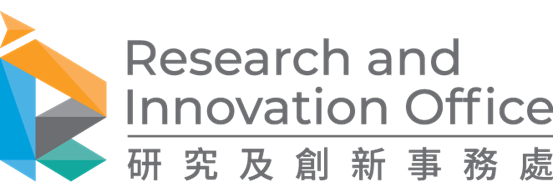
媒体访谈:理大数学科学家探寻蜜糖与机翼奥秘的科学:流体力学
2024年1月10日
研究及创新

PolyU showcases at CES® - the Global Stage for Consumer Innovation
2024年1月9日
活动

理大五项研究获「研究影响基金」资助 项目数量冠本地院校
2024年1月8日
奖项及成就
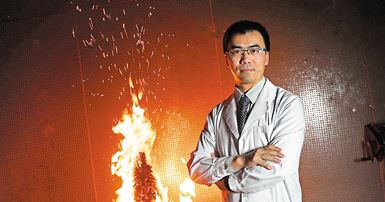
媒体专访:理大研发智能机械人闯火场 「空气炮」可无水灭火
2023年12月29日
研究及创新
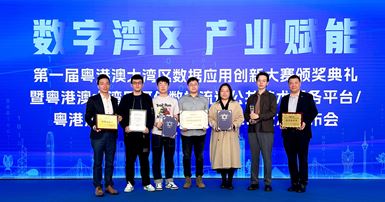
理大师生于「第一届粤港澳大湾区数据应用创新大赛」荣获多个奖项
2023年12月28日
奖项及成就
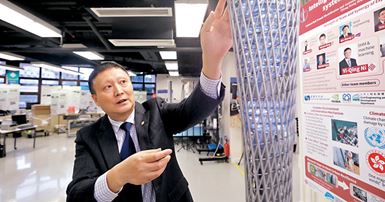
媒体专访:理大项目「神算」测台风路径 评估高楼能否顶住
2023年12月21日
研究及创新

福建省政府代表团到访理大
2023年12月18日
活动
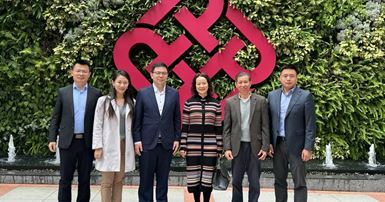
湖北省政府代表团访问理大
2023年12月18日
活动

大自然启迪科研突破 先进材料建造可持续环境
2023年12月15日
研究及创新
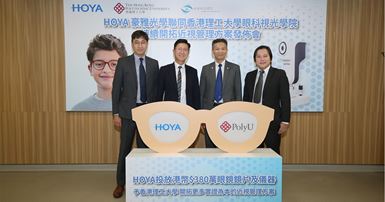
HOYA Vision Care 向理大眼科视光学院提供 380 万元眼镜镜片及仪器支持近视研究
2023年12月15日
奖项及成就

